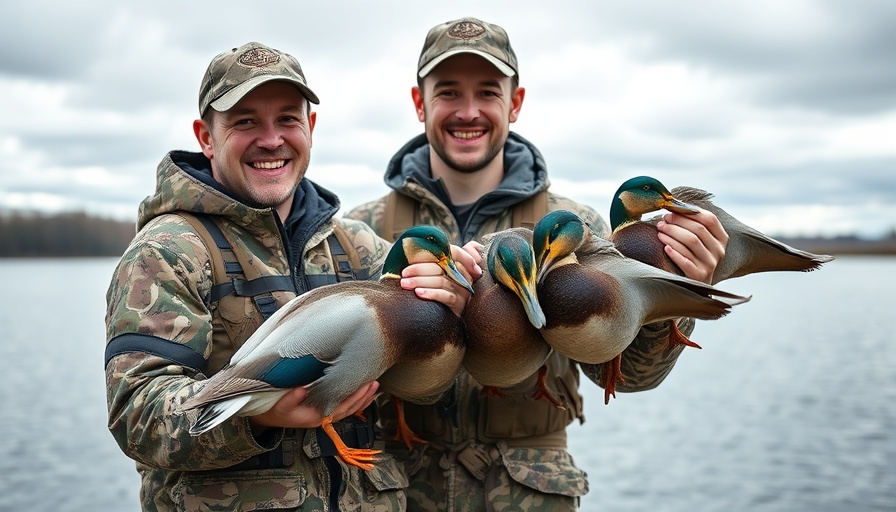
A Historic Rediscovery of Pine Martens: A Win for Wildlife
In a remarkable turn of events, the Dartmoor National Park has provided a heartwarming testament to wildlife recovery. For the first time in over a century, pine marten kits have been sighted in the region. This joyful moment marks a significant milestone in conservation efforts following the successful reintroduction of these elusive mammals into their former habitat.
The Journey Back: Reintroducing Pine Martens
These charming creatures, once a common sight across the English Southwest, had vanished due to habitat loss and human interference. Thanks to the collaborative efforts of the Two Moors Pine Marten Project—comprised of several organizations including Dartmoor and Exmoor National Park Authorities, Devon Wildlife Trust, and the National Lottery Heritage Fund—these animals have made a triumphant return. In June 2025, footage confirmed that the project was a success, showcasing playful kits thriving in their restored woodland home.
The Power of Community and Conservation
The reintroduction initiative has not only showcased the dedication of these organizations but also emphasizes the role of individuals committed to wildlife recovery. Volunteers have contributed immense efforts, meticulously tracking these animals through camera traps and den boxes, ensuring the pine martens adapt well and flourish. Lucie Bennett, Engagement Officer for Somerset Wildlife Trust, expressed the joy of witnessing healthy kits navigate Dartmoor's woodlands, a sight that symbolizes hope and renewal in the natural world.
A Bright Future for Pine Martens
The successful birth of these kits indicates a budding population that could restore balance in local ecosystems. However, these shy nocturnal creatures tend to avoid human interaction, making sightings rare. It’s crucial for nature enthusiasts reporting these sightings to connect with the Two Moors Pine Marten Project, helping ensure their ongoing survival.
Your Role in Wildlife Recovery
As further reintroductions are planned—around twenty more pine martens from healthy populations in Scotland are expected to be released soon—it's the community's support that can drive this movement. Maintaining a healthy habitat bolstered by natural food sources, such as wild berries that will be in abundance during their arrival, is crucial for their success.
The joyous sight of pine marten kits scampering through Dartmoor not only highlights a win for wildlife but serves as a reminder of the resilience of nature and the power of collective action. These small victories instill hope as we witness the recovery of species that once faced the threat of extinction.
With this in mind, let's remain vigilant and committed to supporting wildlife recovery initiatives. Whether it’s through volunteering, participating in local conservation efforts, or simply enjoying the beauty of nature, every action counts. Together we can create a thriving environment for all species to flourish.
 Add Row
Add Row  Add
Add 




Write A Comment